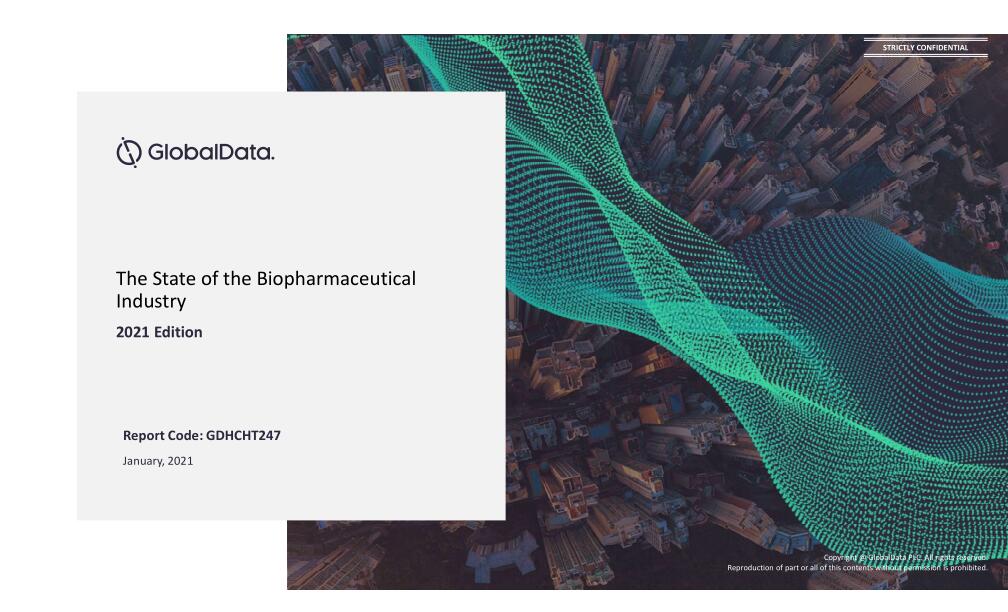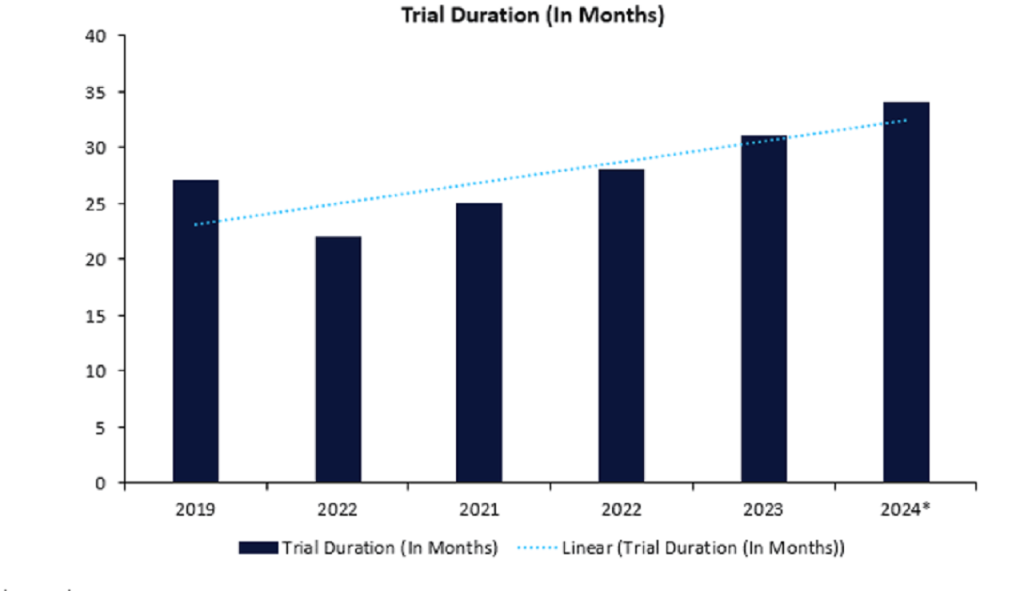
Biopharmaceutical start-up companies are challenged with raising capital and time to build their own manufacturing supply chain facilities to launch their products. There is a lot of time and expense required to recruit resources in quality control (QC), process development, manufacturing (MFG), supply chain, maintenance, engineering, and general support staff.
The MFG supply chain workstreams required can be overwhelming, so there is a tendency to move toward contract MFG organization (CMO), contract research organization (CRO), and contract testing laboratory (CTL) models.
These models can provide experienced staff, validated manufacturing facilities, and less capital upfront, with the ability to achieve aggressive product launch schedules. Start-up companies struggle to establish their CMO-based supply chain strategy without leveraging experienced consulting firms prior to establishing contracts with CMOs, CROs, and CTLs.
Manufacturing Supply Chain Strategy
We have incorporated the following elements into our MFG supply chain strategy that supported the successful launch of biopharmaceutical products utilizing CMOs. The MFG Supply Chain Process Flow is illustrated in Fig 1.
- Integrated Project Schedule (IPS)/Action Items
- Validation Master Plan (VMP)
- Tech Transfer Process
- Warehouse and Distribution
- Product and Sample Management Flows
- Quality Compliance Policies and Procedures
- Resources
- Contract Manufacturing Operations (CMO/CRO/CTL)
- Product Leader

How well do you really know your competitors?
Access the most comprehensive Company Profiles on the market, powered by GlobalData. Save hours of research. Gain competitive edge.

Thank you!
Your download email will arrive shortly
Not ready to buy yet? Download a free sample
We are confident about the unique quality of our Company Profiles. However, we want you to make the most beneficial decision for your business, so we offer a free sample that you can download by submitting the below form
By GlobalDataFigure 1
Integrated Project Schedule
Create a high-level chart illustrating the workstreams that feed into the creation of the integrated project schedule (IPS). Senior leadership approval of this is required prior to when the IPS is created. The IPS incorporates all workstreams from the Product Risk Assessment to the Pre-Approval Inspection (PAI), as well as key action items displayed in Fig 2. Each workstream is provided a weekly schedule of activities from the IPS scheduler. A weekly review is performed to communicate the status of on time, at risk, or past due, with remediation plans created for at risk or past due items. Remediation dates are approved by a governance team and published monthly. The execution of the IPS and key actions supports the successful launch of the product.

Figure 2
Validation Master Plan
The client is responsible for developing an umbrella validation master plan (VMP) that identifies which specific validation activities are being executed internally and externally by the CMO (see Fig 3). Multiple CMOs can cause confusion in ensuring all VMP activities are executed per the IPS. The CMOs are responsible for the execution of validation activities defined within the VMP and are audited by the client for completeness. The CMO annual vendor audits ensure their validation status has not changed while all VMP activities are built into the IPS. A validation subject matter expert is responsible for managing the VMP across all CMOs to ensure compliance and support of the clinical and commercial launch.

Figure 3
Tech Transfer Process
Incomplete tech transfer information can cause costly delays and confusion with CMOs. Inexperienced companies may sign contracts with CMOs without a formal tech transfer process. Companies are left scrambling to complete the proper tech transfer documentation after the fact and can lead to failed MFG lots and penalties for missing deliverable dates. Companies that don’t have experience with tech transfer have to hire or contract experienced consultants with process development, MFG/Engineering, and QC subject matter expert knowledge to be successful.
The tech transfer procedure defines the following key prerequisites and are approved by the leadership team prior to initiating the tech transfer to CMOs:
- Product Risk Assessment
- PD Strain/Cell Bank
- Drug Substance Consistency Batches
- Drug Substance Reference Standard
- PD Analytical Method Development
- Defined Scale Up process with equipment requirements
- Establish Process Specifications
- Pre-Process Characterization
- Raw Material and Consumables Specifications
- Bill of Material (BOM)
- Process Flow Charts for Drug Substance/Formulation/Drug Product Unit Operations
- Manufacturing Batch Records
Warehouse and Distribution
Establish a cGMP FDA/EU-licensed warehouse to manage the bulk raw materials, key consumables, drug substance, drug product, and final packaged product. The warehouse needs to be strategically located to support the clinical and commercial launch requirements. Define the requirements for the materials being stored in the warehouse and complete the QA audit prior utilizing the storage facility. Require an electronic inventory system with barcoding and material segregation from other client’s materials.
Partner with a cGMP distribution company that is experienced with pharmaceutical product distribution, defined distribution validation requirements, and electronic tracking of shipments. Ensure proper insurance coverage and temperature tracking for all shipments.
Product and Sample Management Flows
Develop a process and sample management flow chart transitioning from different locations with durations and temperature (cold chain) requirements for the following areas:
- Raw Materials and Sampling
- Cell Bank and Sampling
- Drug Substance and Sampling
- Drug Product and Sampling
- Primary Packaging and Sampling
- Stability Testing
- Process Characterization Testing
- Disposition and Final Product Release Testing
- Storage Requirements
Quality Compliance Policies and Procedures:
Develop quality policies and SOPs that define the MFG supply chain process. Create a quality agreement with the CMO to ensure they adhere to the quality policies and SOPs (see Fig 4).

Figure 4
Resources
Ensure successful launch of the product by hiring or contracting the following subject matter experts (SME):
- Project Management Office
- Process Development
- Analytical Methods Development
- MFG-Engineering
- Supply Chain
- Contracts
- Regulatory
- Quality Assurance
- Clinical Quality
- Quality Control
Contract Manufacturing Operations (CMO/CRO/CTL)
Create a procedure defining the CMO selection process. Investigate CMOs that can support the defined tech transfer requirements. Conduct a site visit with MFG SMEs to assess their abilities. Once the CMO is approved, issue a Request for Quotation (RFQ). The tech transfer documents and quality agreement need to be completed prior to negotiating the contracts with the CMOs. The MFG/ Quality SMEs and Procurement staff are the key stakeholders in establishing the contracts. Allow time to negotiate during the selection process to eliminate project delays and change orders.
Product Leader
Assign a product leader who has a strong understanding of the MFG supply chain process who reports directly to the chief MFG officer or senior leader in the company. This individual is responsible for driving all product workstreams for a successful launch and establishes an escalation process to elevate key issues to the senior team.
Key Points
Invest the time up front in establishing a MFG supply chain strategy based on utilizing CMOs. Focus the workstreams on executing per the IPS and close out key actions. Utilize a validation SME in the management of the execution of the validation master plan across all CMOs. Adhere to the tech transfer procedure and don’t transfer the product to the CMOs without executing the prerequisites and gaining leadership approval. Strategically locate the cGMP warehouse and define storage requirements to support the clinical and commercial launch requirements. Utilize process unit operations, product and sample movement process flow charts in the execution of the plan. Ensure internal and external CMOs adhere to quality policies and procedures. Establish experienced cross functional subject matter experts either internal or contracted to support execution. Contract CMOs that have passed vendor assessments and are experienced with MFG the product being launched. Assign a product leader who has a strong understanding of the MFG supply chain process in driving the project to successful launch of biopharmaceutical products.
Steven Sandoval Sr.
CEO/Operations Head
PTSI – Pharmaceutical Technical Solutions, Inc.








Related Company Profiles
IPS, INC.
QCHI
QA Ltd
V.M.P. SAS